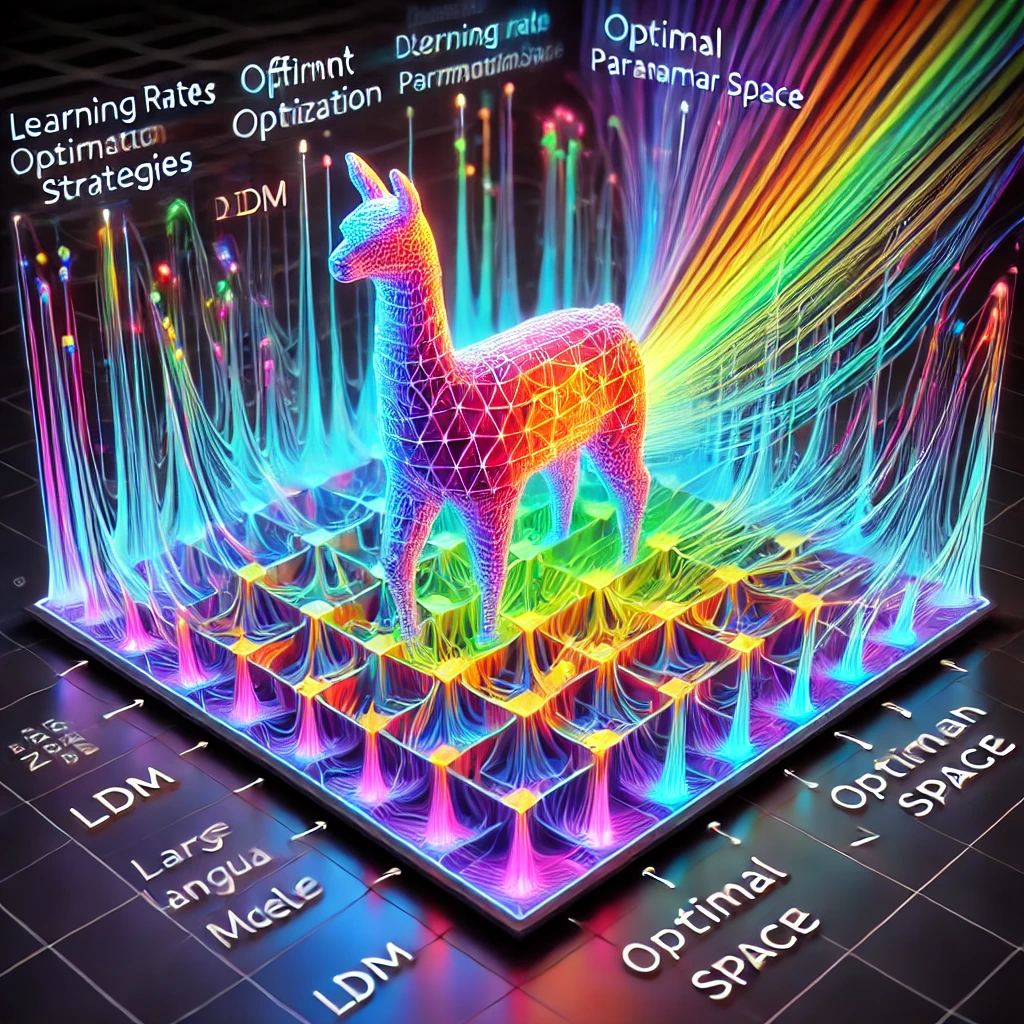Model Card for Model ID
Overview
DeepAutoAI/Explore_Llama-3.2-1B-Inst is developed by deepAuto.ai by learning the distribution of llama-3.2-1B-instruct. Our approach leverages the base model’s pretrained weights and optimizes them for the Winogrande and ARC-Challenge datasets by training a latent diffusion model on the pretrained weights. specifically , this model is based on learning the distrinution of the top 2 layer of layer in feed forward or attention layers based on spectrum based optimum layer selection.
We directly transfer the weights of the best model on both winogrande and arc-challenge for DeepAutoAI/Explore_Llama-3.1-1B-Inst.
This approach has led to improved performance on previously unseen leaderboard tasks, all without any additional task-specific training.
The work is currently in progress
Model Details
We trained a diffusion model to learn the distribution of subset of llama to enable generation weights that improve the performance. We generate task specific weights on winogrande and arc_challenge then transfer the best model for leaderboard benchmarking.
- Developed by: DeepAuto.ai
- Funded by [optional]: DeepAuto.ai
- Shared by [optional]: DeepAuto.ai
- Model type: llama-3.2-1B
- Language(s) (NLP): English
- License: Licensed under the Apache License, Version 2.0 (the "License"); you may not use this file except in
- compliance with the License. You may obtain a copy of the License at http://www.apache.org/licenses/LICENSE-2.0
- Finetuned from model [optional]: No fine-tuning
Model Sources [optional]
- Repository: Under construction
- Paper [optional]: To be announce
Uses
The direct use case of our work is o improve existing model performance as well as generating task specific weights with no training.
Performance improvement of existing large models with limited compute
Out-of-Scope Use
No fine-tuning or architecture generalization
Bias, Risks, and Limitations
Using a generative model to produce weights can potentially lead to unintended or undesirable outputs. However, the generated content will still fall within the range of what the base model is inherently capable of producing.
How to Get Started with the Model
The work is under progress
Training Details
We employed a latent diffusion process on pretrained model weights, unlocking the ability to generate diverse, previously unseen neural networks. Remarkably, even within the constraints of one-shot learning, our approach consistently produces a wide range of weight variations, each offering distinct performance characteristics. These generated weights not only open opportunities for weight averaging and model merging but also have the potential to significantly enhance model performance. Moreover, they enable the creation of task-specific weights, tailored to optimize performance for specialized applications
Training Data
The training data used to produced the current model is the base pretrained weights
Training Procedure
- We selected a set of layers and combined their pretrained weights, then trained a Variational Autoencoder (VAE) to encode these weights into the layer dimension.
- We conditionally trained a diffusion model on this set of weights, allowing individual sampling of layer-specific weights.
- All selected layers were encoded into a 1024-dimensional space. This model exclusively contained the sampled weights for layer normalization."
Evaluation
Testing Data, Factors & Metrics
We test our method on Winogrande and arc_challenge, and hellaswag
Factors
[More Information Needed]
Metrics
[More Information Needed]
Results
[More Information Needed]
Summary
Model Examination [optional]
[More Information Needed]
Environmental Impact
Carbon emissions can be estimated using the Machine Learning Impact calculator presented in Lacoste et al. (2019).
- Hardware Type: Nvidia-A100-40Gb
- Hours used: VAE is trained for 4 hour and diffusion process 4 hours
- Compute Region: South Korea
- Carbon Emitted: 0.96kg
Technical Specifications [optional]
Model Architecture and Objective
We used Latent diffusion for weights generation, and llama3-2-1B as target architectures.
The primary objective of this weight generation process was to demonstrate that by learning only the distribution of few layers weights (normlaization layers in this case) in an 1-billion-parameter model, it is possible to significantly enhance the model's capabilities. Notably, this is achieved using a fraction of the computational resources and without the need for fine-tuning, showcasing the efficiency and potential of this approach.
Compute Infrastructure
Nvidia-A100 cluster
Hardware
A single Nvidia-A100
Software
Model is tested using lm-harness tool version 0.4.3
Model Card Contact
Open LLM Leaderboard Evaluation Results
Detailed results can be found here
| Metric | Value |
|---|---|
| Avg. | 14.12 |
| IFEval (0-Shot) | 58.44 |
| BBH (3-Shot) | 8.82 |
| MATH Lvl 5 (4-Shot) | 6.04 |
| GPQA (0-shot) | 1.68 |
| MuSR (0-shot) | 0.66 |
| MMLU-PRO (5-shot) | 9.09 |
- Downloads last month
- 72
Model tree for DeepAutoAI/Explore_Llama-3.2-1B-Inst_v1.1
Base model
meta-llama/Llama-3.2-1B-InstructEvaluation results
- strict accuracy on IFEval (0-Shot)Open LLM Leaderboard48.130
- normalized accuracy on BBH (3-Shot)Open LLM Leaderboard5.190
- exact match on MATH Lvl 5 (4-Shot)Open LLM Leaderboard1.360
- acc_norm on GPQA (0-shot)Open LLM Leaderboard2.350
- acc_norm on MuSR (0-shot)Open LLM Leaderboard4.050
- accuracy on MMLU-PRO (5-shot)test set Open LLM Leaderboard3.050
